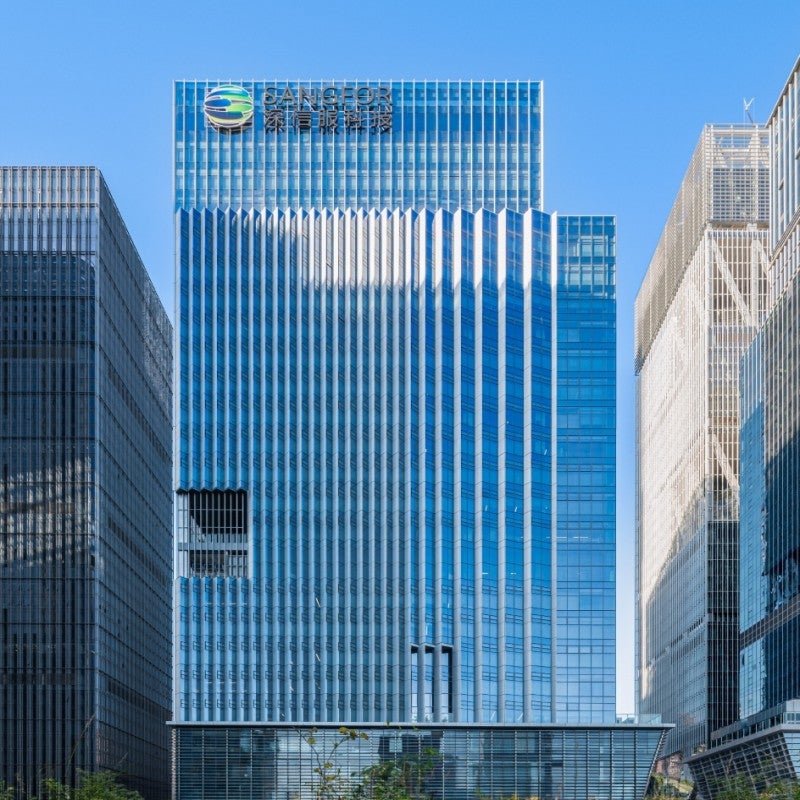As businesses continue to adapt to hybrid work, secure access, and tighter IT budgets, virtual desktop infrastructure (VDI) is once again in the spotlight. For years, Citrix XenDesktop and XenApp have been the go-to VDI solutions for enterprises. But in 2025, IT leaders are taking a hard look at alternatives that offer simpler deployment, stronger security, and greater value.
Sangfor aDesk VDI is one such alternative. Built by Sangfor Technologies—known for its cybersecurity and infrastructure expertise—this VDI solution promises integrated architecture, streamlined management, and baked-in security. But how does it actually compare to the legacy dominance of Citrix?
Let’s explore the key differences and what they mean for organizations in 2025.

The Changing Face of Citrix
Citrix, a pioneer in virtualization, has seen major strategic shifts in recent years. Following its acquisition in 2022, the company moved away from perpetual licensing, consolidated its product lines, and pulled out of several regional markets. For many existing customers, these changes have led to:
- Increased licensing and support costs
- Reduced availability of local service
- Slower innovation in core VDI offerings
- A focus on large enterprises over SMBs
These shifts have left room for newer players—like Sangfor—to redefine the VDI experience for organizations seeking efficiency, flexibility, and lower TCO.
Sangfor aDesk: All-in-One VDI for the Modern Enterprise
Unlike Citrix, Sangfor aDesk delivers a fully integrated VDI stack in a single solution. It combines desktop and app virtualization, hyper-converged infrastructure (HCI), endpoint access, and security controls—without requiring third-party add-ons or complex integrations.
Sangfor’s vision is to make VDI simpler to deploy, easier to manage, and more secure by design. Whether used for remote work, secure R&D environments, or call centers, aDesk is optimized for fast performance and centralized control.
Architecture: Simplicity vs Complexity
The architectural difference between Sangfor and Citrix is stark. Citrix requires a multi-tiered setup with components like NetScaler, StoreFront, Delivery Controller, and SQL Server. Each comes with its own configuration, licensing, and risk of failure.
In contrast, Sangfor aDesk uses a single Virtual Desktop Controller (VDC)—running on Sangfor’s HCI platform—to handle all core services.
Key advantages of Sangfor’s architecture:
- One component handles virtualization, access control, and management
- No dependency on external databases or hypervisors
- Faster setup — full deployment in less than a day
- Fewer integration points, meaning lower risk and faster troubleshooting
Organizations looking to reduce operational complexity often find Sangfor’s unified approach a clear win.
Licensing: Transparent and Flexible
Citrix offers six different licensing packages with varying feature sets, which can be confusing for customers and often results in the need to upgrade for essential functions. The company has also shifted entirely to a subscription-only model, which can drive up costs over time.
Sangfor offers a more predictable model:
- Per-user licensing based on three tiers: Silver, Golden, and Platinum
- One license covers both virtual desktops and applications
- Choice of subscription or perpetual license, giving buyers CAPEX or OPEX flexibility
- No hidden costs for essential features like monitoring or endpoint security
This transparency makes Sangfor a practical choice for organizations looking to simplify procurement and budgeting.
Security: Built-In by Design
Security is often the core reason for implementing VDI. Sangfor aDesk benefits from its heritage as a cybersecurity company, integrating advanced protections directly into the VDI environment.
Sangfor aDesk offers:
- Zero Trust architecture with aTrust
- Built-in Athena NGFW firewall and Athena EPP
- Multi-factor authentication (SMS, token, USB key)
- Clipboard, USB, and screen recording controls
- Granular policy management for temporary privileges and conditional access
While Citrix supports many of these functions, they often depend on NetScaler, third-party tools, or higher-tier licenses. Furthermore, Citrix’s NetScaler platform has been the subject of several high-profile vulnerabilities in recent years, which raises concerns for security-sensitive organizations.
User and Admin Experience
User experience plays a major role in the success of a VDI deployment. If the platform is slow, confusing, or unstable, adoption will suffer—regardless of the backend architecture.
Sangfor aDesk is designed with both the end user and IT administrator in mind. Features like VM startup visibility, thin client auto-login, and self-service resource provisioning ensure a desktop experience that feels smooth and familiar.
IT teams benefit from:
- Centralized management via web console
- AI-powered troubleshooting suggestions
- Application usage analytics
- VM lifecycle control (scheduling, snapshots, recycle bin)
- Thin client management and software distribution
Many of these features in Citrix require add-ons, third-party tools, or advanced licenses, making daily operations more complex and expensive.
Sangfor aDesk VDI vs Citrix XenDesktop/XenApp: Comparison Summary
For IT leaders who want a high-level view of the differences between Sangfor aDesk and Citrix, the table below distills the most critical decision factors. While both platforms support virtual desktop and application delivery, their architecture, security posture, and operational models vary significantly.
| Aspect | Sangfor aDesk VDI | Citrix XenDesktop/XenApp |
|---|---|---|
| Deployment | All-in-one, <1 day setup | Multi-component, complex setup |
| Licensing | Simple tiers, perpetual available | Complex plans, subscription only |
| Security | Built-in Zero Trust & EDR | Add-ons required (e.g., NetScaler) |
| User Experience | Seamless login, self-service tools | Varies by license and integration |
| Admin Control | Centralized console, AI support | Spread across multiple tools |
| Migration | Supported for Citrix users | Not applicable |
| Target Fit | SMBs, gov, security-focused orgs | Large enterprise with legacy needs |
Migration from Citrix: Streamlined and Supported
For organizations looking to move from Citrix to Sangfor, migration can be surprisingly straightforward. Sangfor offers tools to support different Citrix environments, including:
- Non-persistent desktops using FSLogix or UPM
- Persistent desktop VM migration
- Remote PC access
- RDS-hosted applications
While security policies need to be reconfigured, most user data, templates, and even some hardware (e.g., thin clients) can be reused with minimal disruption.
Conclusion: A Smarter VDI Choice for 2025
Citrix remains a powerful platform for large enterprises with complex hybrid environments and legacy investments. However, for organizations seeking a streamlined, secure, and cost-effective VDI solution, Sangfor aDesk stands out as a modern alternative.
With its integrated architecture, simplified licensing, and embedded security, aDesk reduces the friction traditionally associated with VDI. IT teams gain control. End users get a better experience. Businesses save time and money.
As the demand for secure, flexible workspaces continues to grow, Sangfor aDesk offers a compelling vision of what VDI should look like in 2025 and beyond.
Contact Us for Business Inquiry
Disclaimer:
This comparison is based on Sangfor’s interpretation of publicly available data as of 23 April 2025. The information is intended to provide a general comparison of features, performance, and licensing options and may not be exhaustive. Readers should verify product details with official vendor sources before making any purchasing decision. Sangfor makes no warranty regarding the accuracy, completeness, or suitability of this information. Specifications and features may change without notice.





